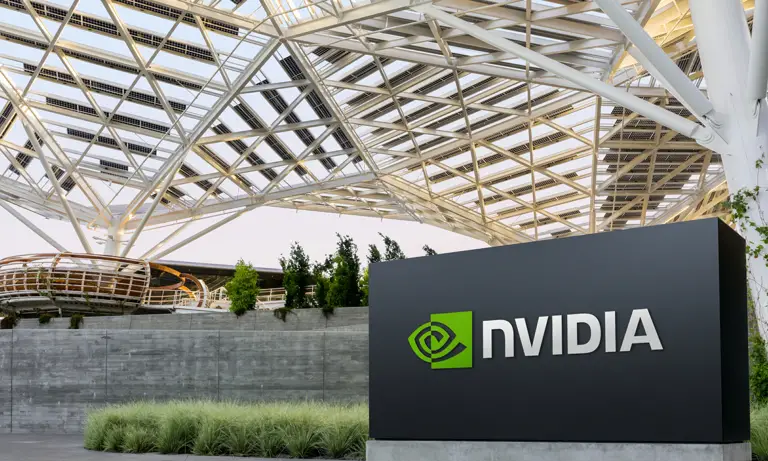
NVIDIA, a global leader in graphics processing and artificial intelligence (AI), is well positioned to increase in the constantly changing field of AI, according to CEO Jensen Huang. Speaking at the company’s annual GPU Technology Conference (GTC) in San Jose, California, Huang emphasized NVIDIA’s readiness to meet the rapidly growing demand for AI computation with cutting-edge innovations.
Launching Next-Generation AI Chips
At GTC 2025, Huang announced the Blackwell Ultra GPU, a state-of-the-art chip expected to launch later this year, and the Vera Rubin superchip, set for release in 2026. These advancements focus to address the increasing computational requirements of advanced AI models, ensuring that NVIDIA remains at the forefront of AI infrastructure development. The new chips are developed and designed to provide amazing efficiency, better power management, and improved processing speeds, making them perfect for applications in AI training and inference.
“Our industry is moving at an unprecedented pace,” Huang stated. “The demand for AI computation is easily 100 times more than we thought we needed just a year ago.”
Strategic Partnerships and AI Integration
As part of its AI strategy, NVIDIA announced a huge collaboration with General Motors (GM) to merge AI across multiple domains, including autonomous driving, manufacturing, and robotics. This partnership focuses to improve vehicle automation, smoothen production processes, and improve overall operational efficiencies. The alliance between NVIDIA and GM underscores the growing intersection of AI and automotive technology, a sector where AI-driven advancements are shaping the future of mobility.
NVIDIA’s AI capabilities are also being expanded across cloud computing, healthcare, finance, and scientific research, demonstrating the company’s broad influence beyond just gaming and GPUs.
Market Dynamics and Challenges
Despite its advancements, NVIDIA’s stock experienced a 3.4% dip following GTC 2025, reflecting investor concerns over increasing competition and global market shifts. One key development in the AI field is the rise of China’s DeepSeek, a company that has managed to build an advanced AI model using very few resources. This resulted in questions about whether competitors could challenge NVIDIA’s dominance in the AI chip market.
Huang, however, remains confident. “The scale of AI infrastructure needed to power the next generation of models is enormous.” he explained, reinforcing NVIDIA’s commitment to building the necessary hardware to sustain AI’s exponential growth.
Future Outlook: AI Infrastructure and Market Expansion
Looking forward, NVIDIA projects that its data center infrastructure revenue will surpass $1 trillion by 2028, driven by the rapid growth of AI technologies. The company is also planning for the release of the Vera Rubin Ultra chip in 2027, which is expected to deliver a 14-fold increase in performance compared to today’s most powerful AI chips.
As AI continues to reshape industries, NVIDIA’s investment in advanced semiconductor technology, cloud-based AI solutions, and strategic partnerships ensures that it remains a dominant player in the market. Huang’s vision positions NVIDIA not just as a chipmaker, but as a key architect of the future AI ecosystem.
Conclusion
With constant innovation and a firm grasp on market dynamics, NVIDIA is set to thrive in the AI-driven future. By developing next-generation GPUs, forming strategic alliances, and adapting to emerging challenges, the company is well-equipped to keep its leadership position despite the increasing AI revolution.





